Chicken liver pâté
If you eat meat but feel squeamish about liver, please keep reading.
If you strictly exclude meat from your diet, you might prefer to read my post about How to Cure Cavities on a Vegan Diet instead.
Liver is a teeth healing superfood
Liver is one of the best superfood-shortcuts to nutritional oral health. It’s inexpensive, it’s effective and.. it’s hated by so many people.
Liver was first equal on on my list of most disgusting foods when I was a child (along with squash and closely followed by bananas).
When I first started following a teeth healing protocol in order to (successfully) prevent my 7th root canal, I asked my mother to show me how to cook liver.
Liver worked so well at healing my teeth that I started eating it regularly, first by screwing up my face and washing it down with lots of water.
Eventually I stopped hating liver, and now I’ve learned to love it, at least in the form of chicken liver pâté.
Since then, I have successfully won over many other liver-haters with this recipe.
Make your own chicken liver pâté
This particular pâté is so likable because it includes a lot of mushrooms which both complement and moderate the earthy liver flavor.
Butter is an important ingredient in liver pâté, not only because it tastes so good, but because the Vitamin D in the butter helps the body to digest the Vitamin A in the liver.
It also helps to use very fresh chicken livers as they have a milder taste. Livers that have been frozen don’t taste as good, and using fresh liver to make the liver pâté means you can freeze a portion of the finished product because you should never freeze liver twice. Making liver pâté with frozen livers means you need to eat the whole batch within 2-3 days.
Most liver pâté recipes include brandy or wine but I’m not much of a drinker so I don’t have bottle sitting around my house. Lemon juice works just as well (in my opinion) to add a bit of acidic zest to the unctious rich combination of liver, mushrooms and butter.

Teeth Healing Chicken liver pâté
Ingredients
- 220g/8oz butter
- 1 onion, finely chopped
- 1 garlic clove, crushed
- 1 cup of finely sliced mushrooms
- 450g/1lb fresh chicken livers, cut in half
- 1/2 tbsp fresh thyme or 1/2 tsp dried thyme
- 1 tbsp lemon juice
- salt and freshly ground black pepper
- fresh parsley or sprouts to garnish
Method
Melt half the butter in a skillet over low heat then add the onion and saute until soft and translucent but not colored.
Turn up the heat to medium and add the mushrooms, crushed garlic and thyme.
When the mushrooms are soft put the cooked mixture into a food processor bowl with the lemon juice, salt and pepper.
Put the skillet back on the medium heat without wiping, and melt the rest of the butter, then add the livers.
Cook until the livers are brown on the inside and still slightly pink in the centre.
Add the cooked livers to the food processor bowl and whizz everything together until its as smooth as you like (I like a little bit of texture).
Serve with sourdough toast or crackers, carrot and cucumber slices and/or pickled gherkins. Garnish with fresh parsley or sprouts.
Store in the refridgerator for up to 3 days.
A therapeutic serving of liver is about 50g a day, 3-4 days a week. Because this pâté includes a generous amount of mushrooms you can eat more at a time.
If only one or two people will be eating the pâté, I recommend diving the batch in half and freeze for up to 2 months.
Hello! I'm Meliors Simms, the Holistic Tooth Fairy.
As a natural oral health coach I have worked with hundreds of clients worldwide to avoid unnecessary dental procedures and have better experiences with the necessary ones. (Find out about my coaching services here).
After a diverse career (from research to counselling to arts) and a lifetime of terrible teeth, I stumbled on an Alt Oral approach which prevented what would have been my 7th root canal.
That inspired years of independent research and experimentation, eventually resulting in my uniquely holistic approach to oral health.
My new book The Secret Lives of Teeth is a comprehensive guide to healing teeth and gums with metaphysical perspective. Read a sample here for free.
.















